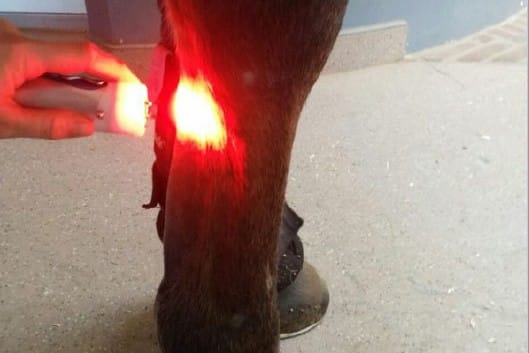
Advances in Equine Infectious Disease Detection
The diagnostic tests veterinarians use are evolving to improve how we manage infectious diseases in horses.

The diagnostic tests veterinarians use are evolving to improve how we manage infectious diseases in horses.

What are enteroliths and what happens if your horse has one (or several)?

Researchers have defined the significance of suspensory ligament abnormalities and their impact on racehorse performance.

Researchers described the most common abnormalities seen on imaging in nonlame show jumpers—problems that could lead to lameness in the horses’ future.

Slow, progressive exercises help improve a horse’s strength and stability when recovering from this neurologic disease. Read more in The Horse‘s Spring 2025 issue.

Why is milk coming out of my foal’s nose? One expert shares causes, diagnosis, and treatment for dysphagia in foals.

Learn how veterinarians get to the bottom of this complex cause of poor performance.

Dr. Katie Ellis and Dr. Howland Mansfield discuss what imaging modalities veterinarians might use to accurately diagnose joint disease in horses.

Learn how veterinarians use ultrasound to diagnose, treat, and monitor musculoskeletal injuries in horses.

Owner-provided information and a thorough lameness examination can help veterinarians start meaningful investigations into front foot lamenesses.

Even with better diagnostics and treatments, hands-on exams and movement assessments remain essential for finding the source of back pain in horses.

Learn about common joint issues that concern horse owners and what preventive and therapeutic approaches are available. Read more in the Spring 2025 issue of The Horse.

Two experts review how MRI, CT, and PET can provide precise answers for equine practitioners, contributing to more specific treatments and better prognoses.

Testing asymptomatic horses for EHV-1 at equestrian events is crucial for early detection and preventing potential outbreaks.

Meet Beau and follow the 8-year-old Quarter Horse’s journey from subtle lameness to return to performance.

Learn more about Class IV laser treatments, the current research, and opportunities for further advancement.
Stay on top of the most recent Horse Health news with
"*" indicates required fields